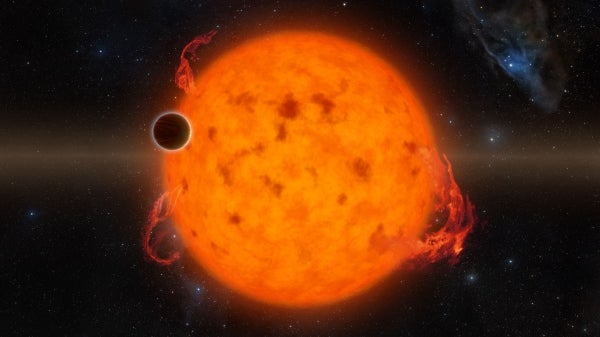Student goes from dropping out of high school to excelling in ASU physics program

John Byrd, rising senior at Arizona State University, originally dropped out of high school due to a lack of motivation and poor grades.
“Basically, when I was in high school I was sick of education," Byrd said. “I was like, ‘Why do I need to go to college? I don't want to do that. I want to stay home and watch movies, read books, play video games and do anything but school.’”
After working in retail positions for a few years, Byrd learned his cousin was graduating with his bachelor’s degree, even though they were the same age.
“As I went into the community college, I was like, ‘Hey, I know classes start next week but can I get in on that?' And then pretty much never looked back,” Byrd said.
Byrd then transferred to ASU for the school’s biomedical engineering program, but realized how much he loves physics.
“I love exploring the how and the why behind things — but the engineering side of it: ‘How do we make this product? How do we get money out of this?’ — just didn't fit with me at all,” Byrd said.
Byrd is currently working on his thesis with David Meltzer on the Physics Education Research Project, which looks at how physics is currently taught and how it can be changed.
“There's this conception that physics and math are terribly hard impossible courses that some people are just not cut out for, that ‘Oh, I'm just not a math person,’ and what we found is (that is) absolutely not true,” Byrd said. “So the idea is by getting the diagnosis evolved over the years to different courses of introductory physics students, we can kind of see where those gaps are in their math knowledge.
"And then the eventual idea is once we can definitively say, 'OK, these are where the gaps are in the math knowledge,' what my thesis is doing when I'm starting up in fall is to go in and do some in-depth interviews with the students and figure out what their mental block is with all these promises or something they never learned about, and really get to the bottom of the why. Because we can say, "Oh, well students are problem-solving this particular problem.”
Byrd hopes to later take this knowledge toward his PhD and improve the status of education.
“Eventually I'd like to move up into more college management positions where we're talking about themes and things like that, and have a role in shaping the curriculum and the degree to be better students,” Byrd said.
More Science and technology
Statewide initiative to speed transfer of ASU lab research to marketplace
A new initiative will help speed the time it takes for groundbreaking biomedical research at Arizona’s three public universities…

Real AI solutions helping people now
AI may be everywhere, but its impacts on day-to-day life are more surprising — and beneficial — than you might realize. From…

ASU forges strategic partnership to solve the mystery of planet formation
Astronomers have long grappled with the question, “How do planets form?” A new collaboration among Arizona State University,…